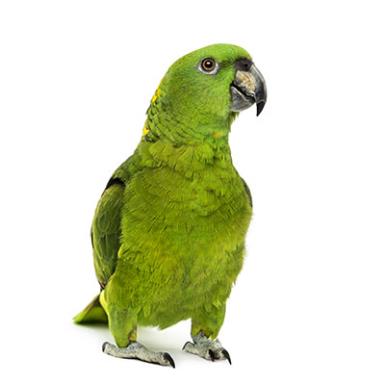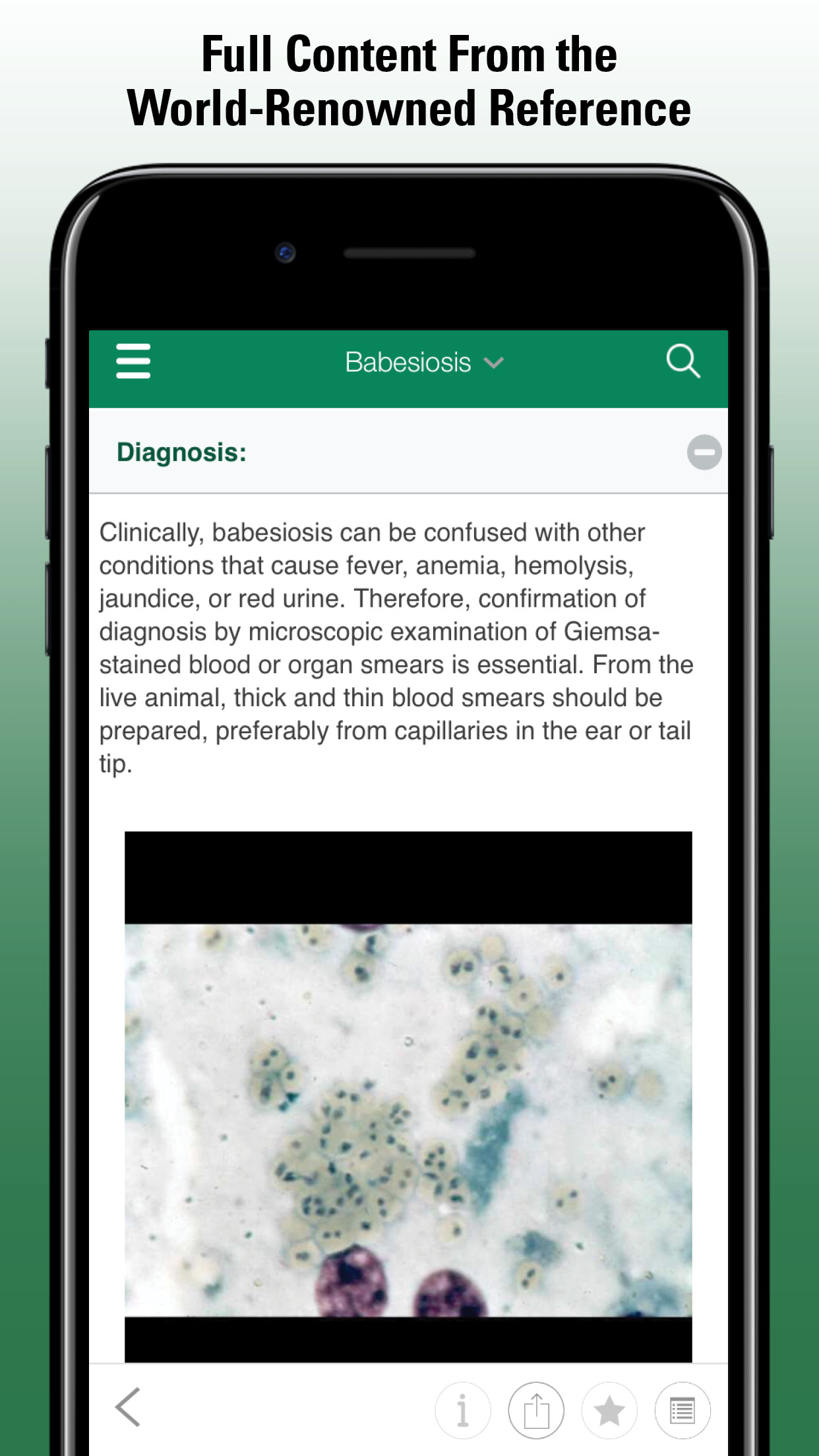This section begins with a chapter on the special characteristics of birds that should be considered when choosing them as pets. Other chapters discuss how to provide a home for a bird and take care of it. There is also information on bird diseases and injuries. Additional detailed information on these topics is also available in the Veterinary Content section of this website.
Bird Owners

Bird Owners Sections (A-Z)
Description and Physical Characteristics of Birds
There are some 35 to 45 million pet birds in the United States. Modern bird owners are continuing a pet bird tradition that goes back at least 4,000 years to the ancient Egyptians, who are often credited with keeping the first pet birds. The ancient Chinese are known to have kept pheasants. From writings dating back almost 3,000 years, we know that both Persians and Indians kept parrots and other birds as pets, as did the ancient Greeks. Aristotle studied and wrote about his pet bird, Psittace. The name of Aristotle’s bird is the root of the scientific name for all parrots, Psittacine. The Alexandrine parakeet is named for Alexander the Great; tradition has it that one of Alexander’s generals granted him one of these birds as a gift following the invasion of northern India in 327 a.d.
Disorders and Diseases of Birds
Many of the most common causes of illness or death in birds are due to nutritional deficiencies, trauma or poisoning due to household hazards, and unsanitary housing conditions. All of these can be prevented or minimized by providing proper care. Other causes of illness include parasites and bacterial, viral, or fungal infections that can be spread by exposure to sick birds or lack of good sanitation.
Routine Care and Breeding of Birds
Recent advances in medicine for pet birds—and the change from wild-caught birds to those raised in captivity—have changed the emphasis from infectious diseases and emergency medicine to wellness care. The importance of nutrition and behavior in the health of caged birds has been acknowledged and plays a major role in pet bird wellness programs. Understanding the natural behavior of birds will help make the relationship between owner and bird more enjoyable for both.
Selecting and Providing a Home for a Pet Bird
As with any pet, it is important to do some research before you buy a bird. You want a bird that meets your expectations and can live comfortably and happily in your home. To make a good decision about a bird, you need to learn more about individual types of birds, their natural behaviors, and their requirements in terms of housing, diet, and care. This information will help you select the best bird for you and your family. It will also allow you to plan more carefully for the arrival of a new family member.
Also of Interest
Test your knowledge
The clinical signs of frontal sinusitis include fever, anorexia, nasal discharge, changes in nasal airflow, and bad breath. Which of the following conditions is most likely to cause frontal sinusitis in cattle?




